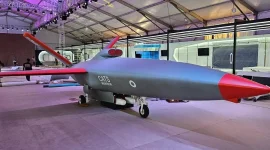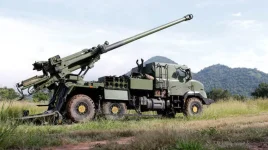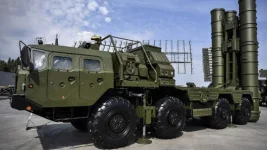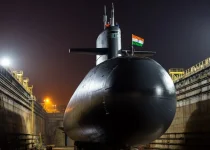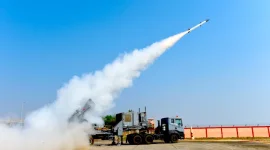- Views: 6K
- Replies: 40
India has formally expressed its desire to participate in the Global Combat Air Programme (GCAP), a significant international effort by Japan, the United Kingdom, and Italy to develop a next-generation fighter aircraft.
According to reports citing diplomatic sources in both Japan and India, the Indian government has approached Japan to discuss joining the ambitious project, which aims to deploy an advanced stealth fighter jet by 2035. The GCAP initiative, established in December 2022, represents a major collaboration between the three founding nations.
However, reports suggest Japan harbours reservations about India's potential membership, primarily due to concerns that India's long-standing defence procurement relationship with Russia could compromise sensitive technology.
The GCAP seeks to create a sixth-generation combat aircraft equipped with cutting-edge capabilities, including enhanced stealth features, artificial intelligence integration, and advanced networked operations. This new aircraft is intended to replace aging fleets within the partner nations, such as Japan's Mitsubishi F-2 fighters and the UK's Eurofighter Typhoons (as part of the Tempest project lineage absorbed into GCAP).
Given the substantial development costs, estimated to run into tens of billions of dollars, the founding members are reportedly open to exploring partnerships to share the financial load and expand the potential market for the aircraft. India's involvement could offer significant benefits, including cost-sharing and access to its expanding defence industrial base.
Nevertheless, Japanese officials appear to be weighing the strategic advantage of potentially strengthening deterrence against China against the perceived security risks of technology transfer.
Japan's cautious stance is reportedly rooted in India's historical reliance on Russian military equipment. India's armed forces operate a significant inventory of Russian-origin hardware, notably the Su-30 MKI fighter jets which form the backbone of the Indian Air Force, and the S-400 air defence missile systems.
A senior official from Japan's Ministry of Defence was quoted expressing concern about the potential for sensitive GCAP technologies, particularly in areas like stealth, avionics, and propulsion, inadvertently reaching Russia through India. Furthermore, expanding the core group raises complexities regarding information security protocols and could potentially risk delays to the project's 2035 target deployment date.
From India's perspective, joining the GCAP aligns with its strategic goals. Participation could deepen defence cooperation with Japan, the UK, and Italy, strengthening partnerships viewed as important for stability in the Indo-Pacific region, particularly concerning China's growing influence.
It also directly addresses India's urgent need to modernise its air force. The Indian Air Force is currently grappling with a depleted squadron strength (reportedly around 31 squadrons against a sanctioned requirement of 42) and is pursuing its own indigenous fifth-generation fighter, the Advanced Medium Combat Aircraft (AMCA), which is still in the development phase. Access to GCAP's cutting-edge technology could significantly accelerate India's capabilities and complement its domestic defence development efforts.
Interestingly, the prospect of India joining the collaborative fighter project is not entirely new. Previous reports indicated that both the United Kingdom and Italy were positively inclined towards Indian participation even before the formal GCAP agreement was finalised with Japan. It is understood that the UK had officially briefed India on the program, and Italy had also extended an invitation to explore involvement.
This earlier interest reflects international recognition of India's growing aerospace industry and its strategic importance. However, Japan's reported reservations introduce a significant hurdle that will need to be addressed in any future discussions regarding India's potential role in the GCAP initiative.

